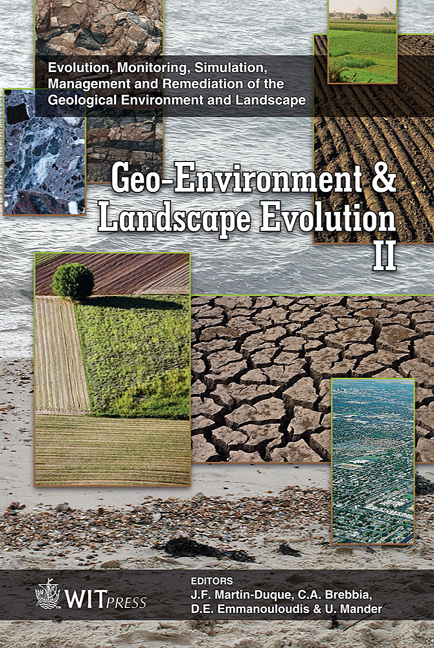Gas Hazard: An Often Neglected Natural Risk In Volcanic Areas
Price
Free (open access)
Transaction
Volume
89
Pages
10
Published
2006
Size
348 kb
Paper DOI
10.2495/GEO060371
Copyright
WIT Press
Author(s)
W. D’Alessandro
Abstract
Volcanic areas release huge amounts of gases, which apart from having important influences on the global climate could have strong impact on human health. Gases have both acute and chronic effects. Carbon Dioxide and Sulphur gases are the main gases responsible for acute mortality due to their asphyxiating and/or toxic properties. On the contrary Mercury and Radon have important chronic effects respectively for its toxicity and radioactivity. The problem has long been neglected until the \“Lake Nyos” catastrophe in 1986, in which about 1700 people were killed by a volcanic CO2 emission, attracted the worldwide attention of the mass media. In this paper we present some studies on gas hazards in three different volcanic systems chosen for their different activity status: Mt. Etna (Italy), characterised by frequent activity with a mean CO2 emission of about 450 kg s-1; Pantelleria island (Italy) at present in quiescent status and a CO2 emission of about 12 kg s-1; and Sousaki (Greece) a recent (Quaternary) but now extinct volcano with a CO2 emission of about 0.6 kg s-1. In all three systems the main problems arise from CO2 emissions while secondary problems are due to SO2 and Hg (Etna), H2S (Sousaki) and Rn (Pantelleria). Keywords: gas hazard, Carbon Dioxide, Sulphur gases, Radon, Mercury. 1 Introduction Pliny the Elder, who perished during the 79 A.D. eruption of Vesuvius in Italy, is possibly the most famous known victim of volcanic gases. The description of his death, made by his nephew Pliny the Younger (Letter 16, 6), clearly points to cardio-respiratory collapse of a person with chronic respiratory disease.
Keywords
gas hazard, Carbon Dioxide, Sulphur gases, Radon, Mercury.





